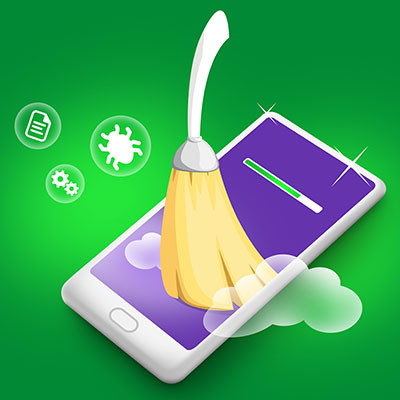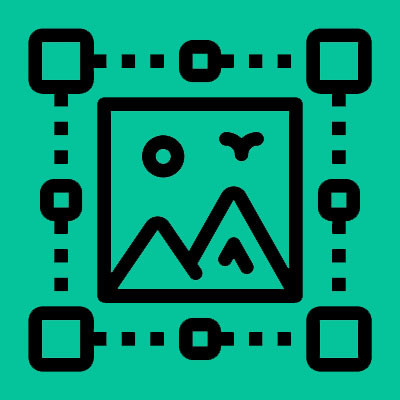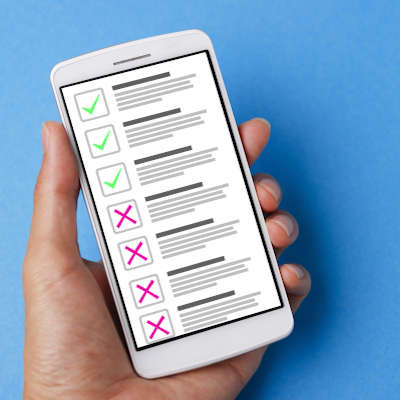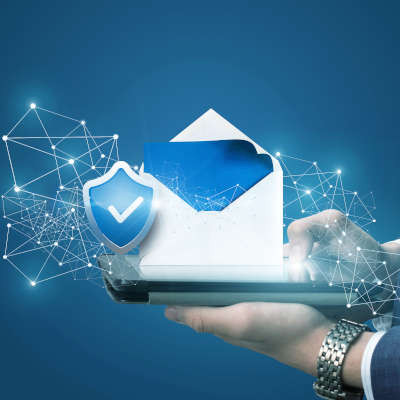Most of us use our internet browser every single day without thinking twice. Open tab, type something, click stuff, maybe panic a little when 42 tabs are open. Your browser can actually do a lot more for you, including saving you time and keeping you organized. This month, we thought we’d give you three browser tips that can seriously help you.
Our solutions are built on technology from these trusted industry leaders.






























